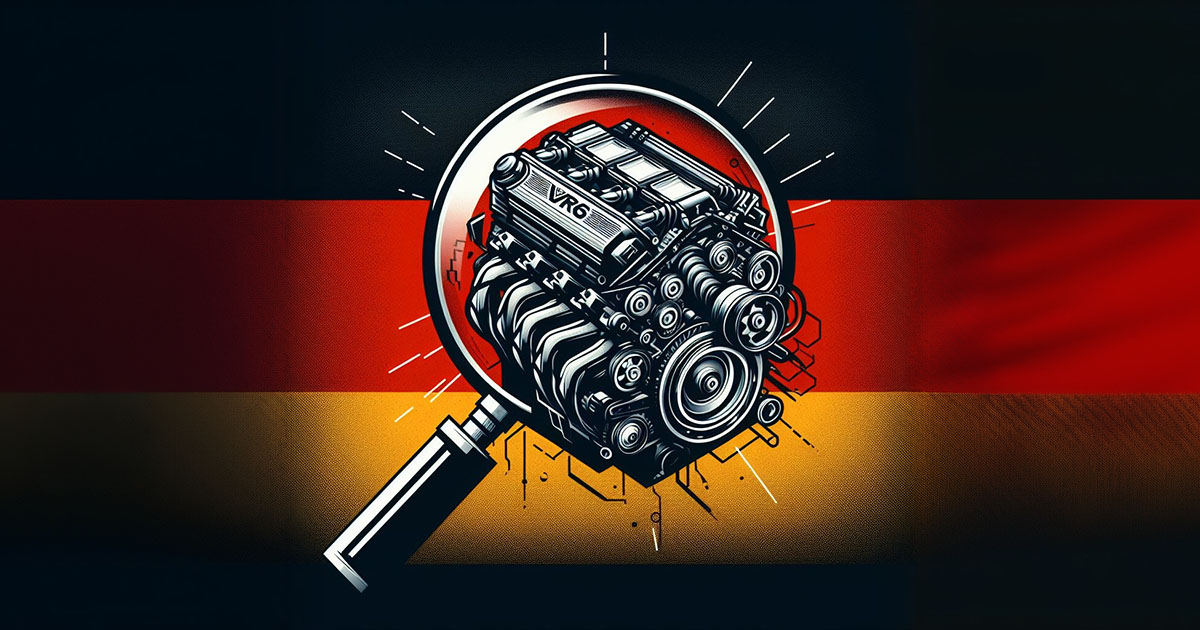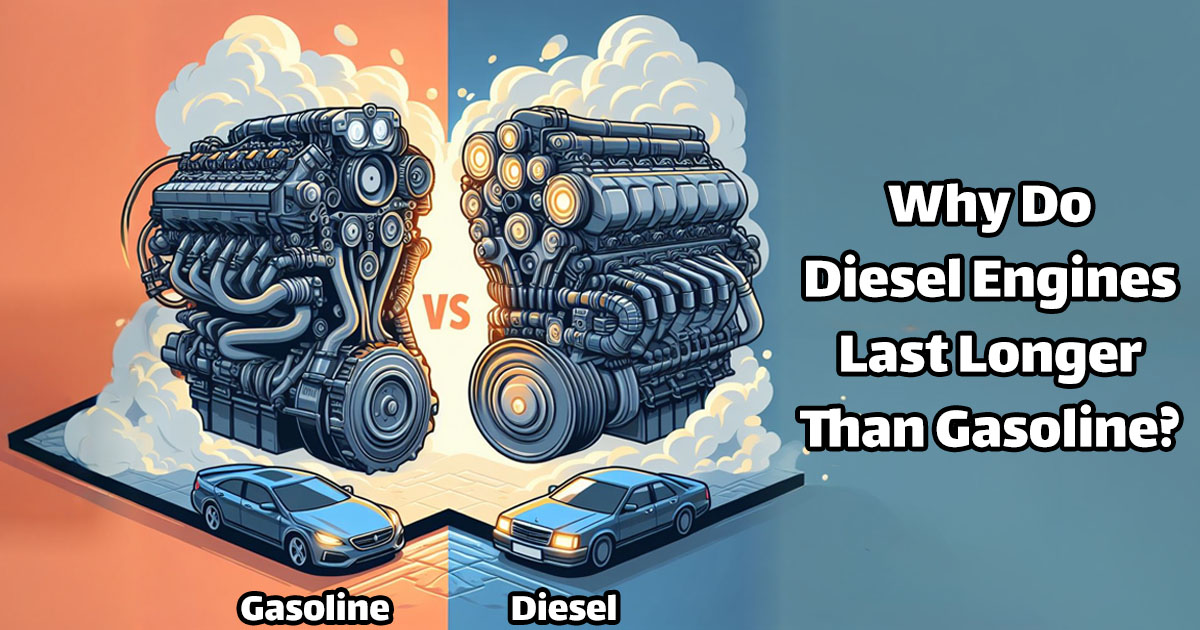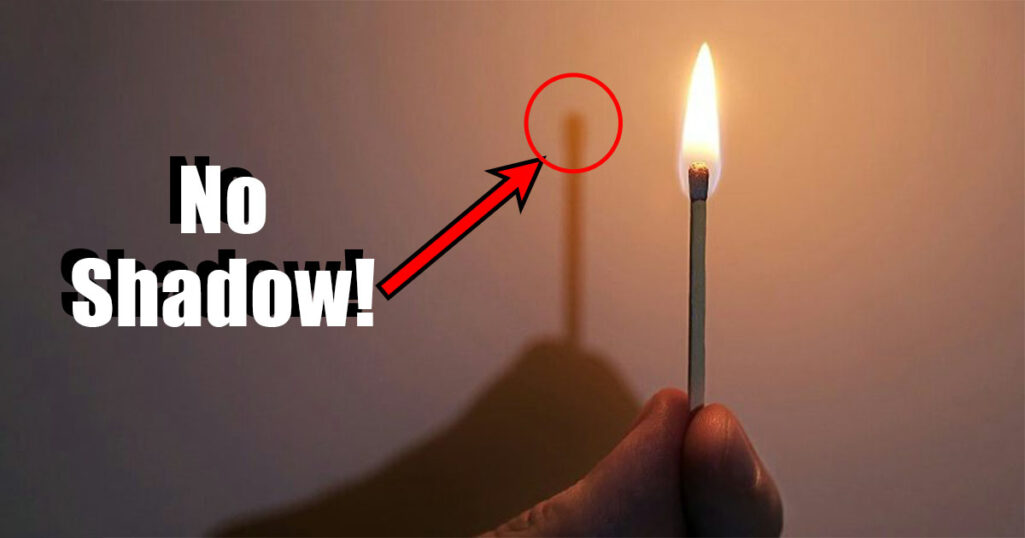
A shadow is a dark area or shape that is formed when light rays are blocked from reaching a surface by an object. A physical shadow can only be cast when an opaque item is placed between the light source and the object’s surface.
So does this mean that fire can have no shadow?
While certain items or light sources are incapable of casting shadows, their products can interrupt light rays and cast momentary shadows on a surface.
So does this mean that fire can have a shadow? It’s getting a little bit confusing! Let’s find out the real answer for this…
Why does Fire have no Shadow?
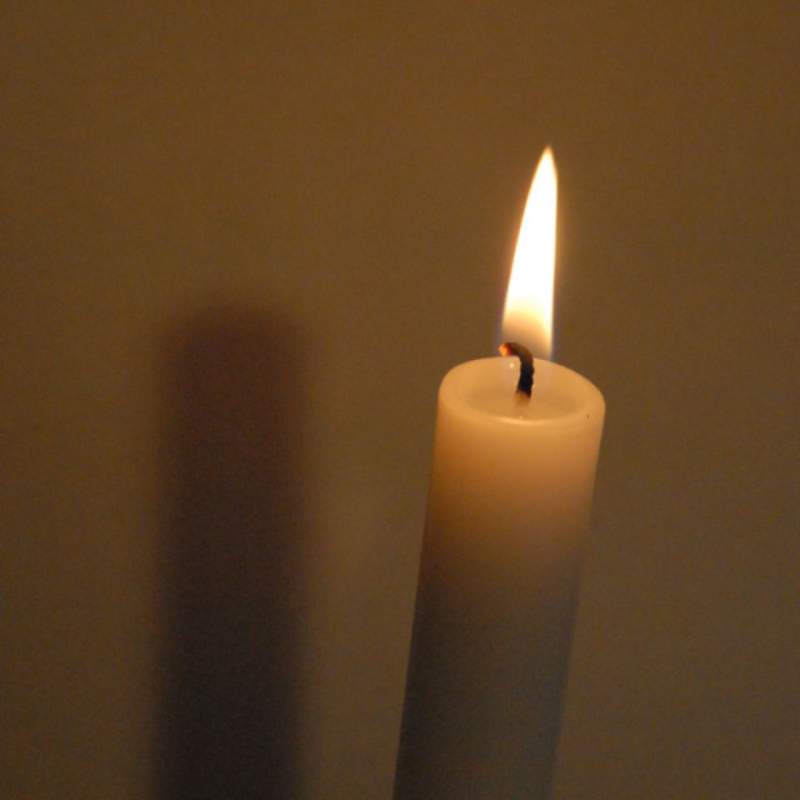
It’s simple: When the light can’t get through an object, it creates shadows. For this reason, we can see that no shadows are cast when a strong light source passes over a bright flame.
There will be no shadows cast by another light source passing across a flame. In other words, no two light beams may interact directly.
Fire is a light source, and light sources have no shadow.
Can a Fire have Shadow?

Yes, fire can have a shadow, but not in the way you are thinking of! Though flames can not cast shadows by themselves, a shadow can be cast when any portion of the projected light beam is diffracted or interrupted.
The shadow area is usually the area of the beam that receives the least amount of light. The beam’s dimer area will take up the form of the opaque object that is restricting or deflecting it.
A shadow will be cast if a beam of light is blocked or redirected by the flames.
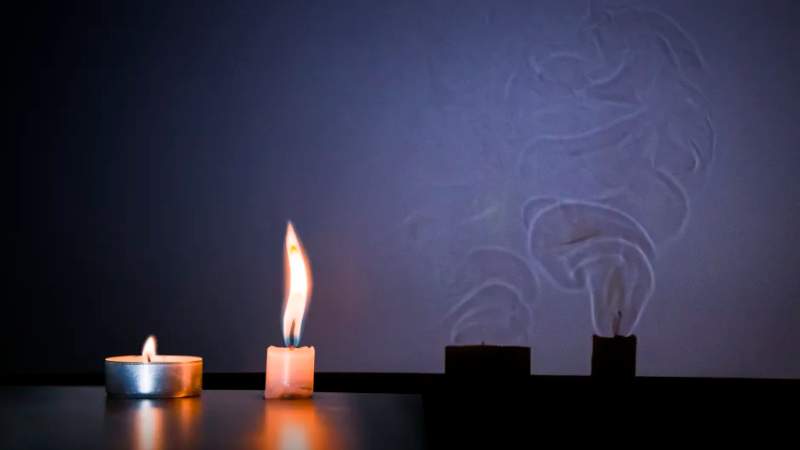
Because it is more than just a pillar of light, the typical flame from a fire may deflect or block light. Burned fuel and oxygen molecules are released by the flame, composed of numerous distinct hydrocarbon components.
When a fire starts, soot and other pollutants, carbon dioxide, and water vapor are released into the atmosphere.
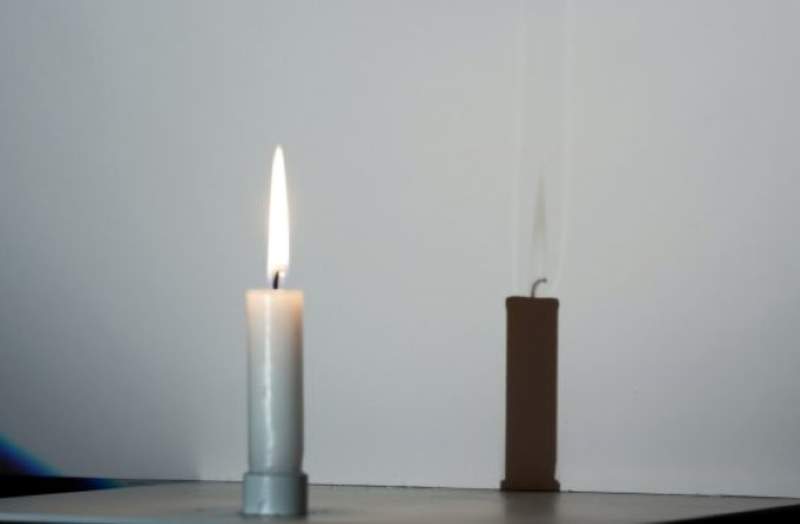
So how do these burned components contribute to the creation of fire shadow?
How Fire Flame Creates Shadow?

Incandescence is a term used to describe the phenomenon of solid impurities from burning flames glowing in the air. Colder air surrounding the hot air-flame boundary may cause light to be bent away from its forward-propelling action.
There will be refraction at the interface of deflection between two distinct materials, just like a camera lens does. Because a flame includes warm air and certain pollutants, it deflects light within a light beam, causing it to cast its own shadow.
For this reason, the shadows cast by the fire’s soot and other elements appear to be dancing waves. Because of its ability to absorb light, the soot found inside a flame can play an essential role in the formation of shadows.
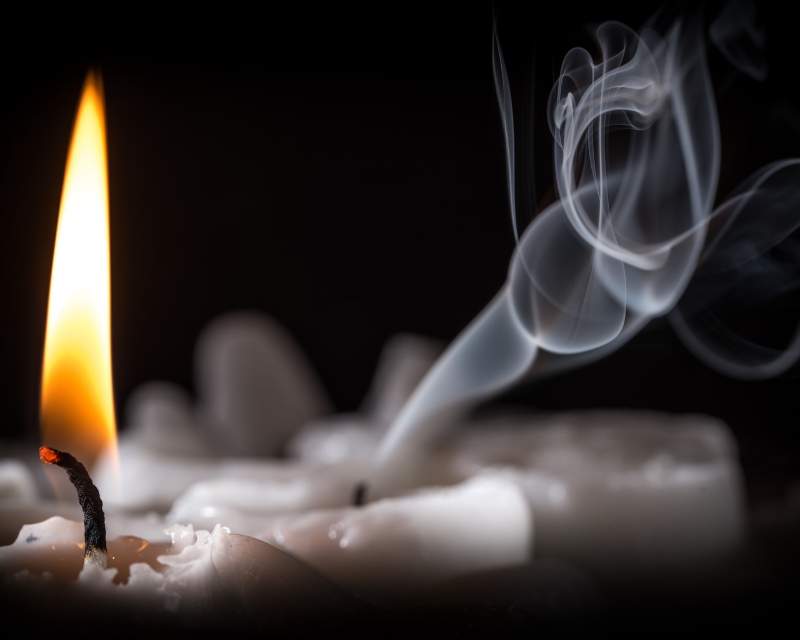
To see a shadow cast by a fire, the light beam passing through the flames must be brighter than the fire’s brightness. If the incident light going through the flame or fire is dim compared to the flame light, the light produced by the fire will fulfill the dim area, and no shadow is created.
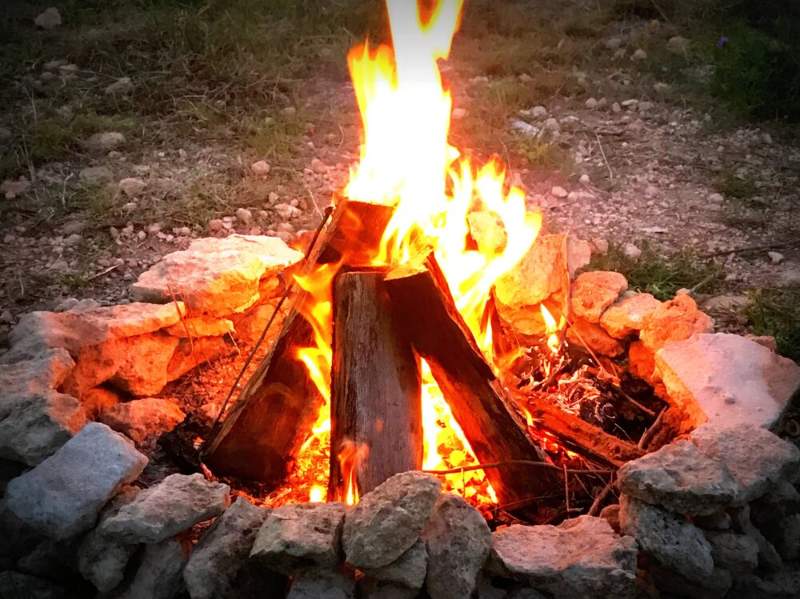
For example, flashing a dim flashlight at a fire camp in the middle of the night will not cast a shadow of the flames. Whereas a stronger, brighter light, along with an accompanying smoke and heat from the fire, will cast an eye-catching shadow.
Bottom line: Fire can cast a shadow, not because of its light, but because of the pollutants, it produces into the environment when it burns and produces flames.
Bonus Fact!
What is the reason that fire flames have different colors?
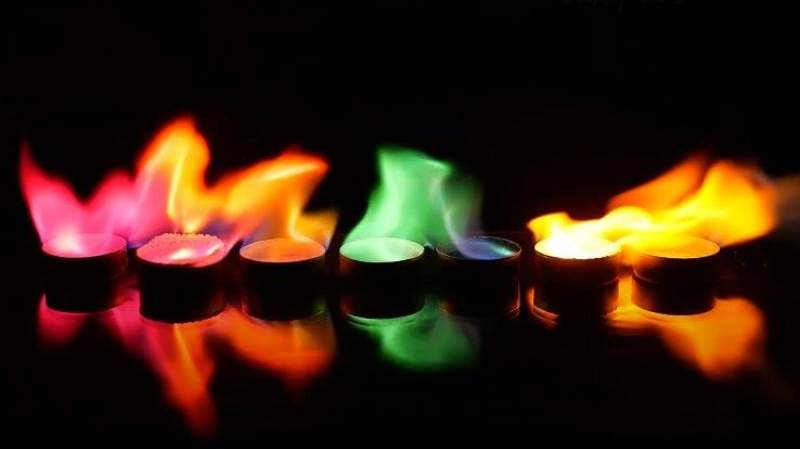
The combustion and flame temperature rate are influenced by oxygen supply and fuel-oxygen premixing in hydrocarbon flames. As a result, flames appear to have a variety of colors.



